Lit Mag Covers :: Picks of the Week
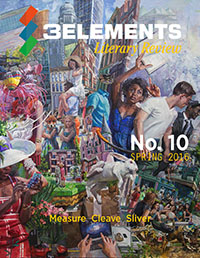 Benjamin Duke’s Home Again, Home Again fills the front and back covers of the Spring 2016 (#10) issue of 3 Elements Literary Review, an online publication that challenges writers and readers alike with issues themed with three elements. Spring’s elements are Measure, Cleave, and Sliver.
Benjamin Duke’s Home Again, Home Again fills the front and back covers of the Spring 2016 (#10) issue of 3 Elements Literary Review, an online publication that challenges writers and readers alike with issues themed with three elements. Spring’s elements are Measure, Cleave, and Sliver.Taking the old and making it new again is this spring issue of the online Apple Valley Review, which features cover artwork: “Cabin in the Woods, North Conway, New Hampshire,” 1848, oil on canvas by Thomas Cole.
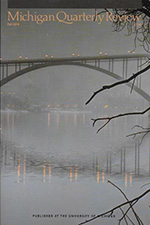 Six Million is the photograph by Conor MacNeill on the cover of Winter 2016 Michigan Quarterly Review. It was taken in Berlin at the Denkmal für die ermordeten Juden Europas – the Memorial to the Murdered Jews of Europe, and is companion to the opening essay by Philip Beidler, “This Way to the Führerbunker: Gertrud-Kolmar-Straße, Berlin, Mitte.”
Six Million is the photograph by Conor MacNeill on the cover of Winter 2016 Michigan Quarterly Review. It was taken in Berlin at the Denkmal für die ermordeten Juden Europas – the Memorial to the Murdered Jews of Europe, and is companion to the opening essay by Philip Beidler, “This Way to the Führerbunker: Gertrud-Kolmar-Straße, Berlin, Mitte.”

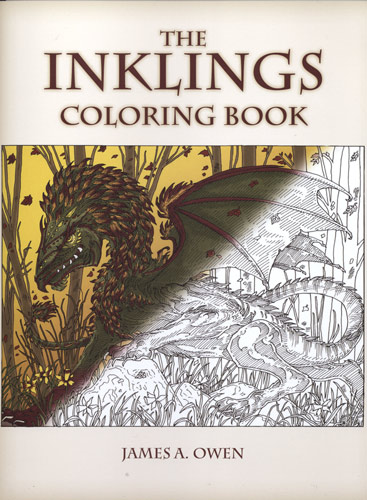 If you haven’t joined the adult coloring book bandwagon yet, now is a great time to hop on. Black Squirrel Books, an imprint of
If you haven’t joined the adult coloring book bandwagon yet, now is a great time to hop on. Black Squirrel Books, an imprint of 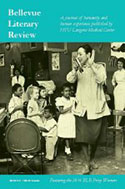 The Spring issue of
The Spring issue of 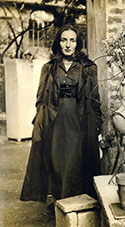 Poet Lore
Poet Lore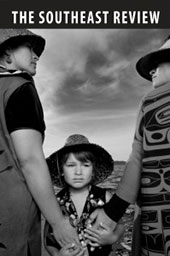
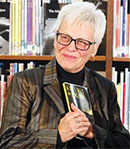 The 28th annual
The 28th annual 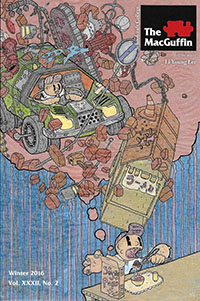 G. Davis Cathcart is the artist behind this sugar-crazed untitled work of a young man/boy enjoying his morning dose of Sugar Pops on the Winter 2016 cover of
G. Davis Cathcart is the artist behind this sugar-crazed untitled work of a young man/boy enjoying his morning dose of Sugar Pops on the Winter 2016 cover of  Another comic cover on
Another comic cover on 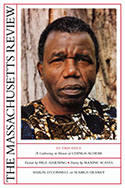 Chinua Achebe fans: You’re going to want the newest issue of
Chinua Achebe fans: You’re going to want the newest issue of 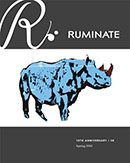 The Spring 2016 issue of
The Spring 2016 issue of  Spring has sprung at Cleveland State University Poetry Center with freshly published titles added to their spring catalog, including the Editor’s Choice for the 2015 First Poetry Competition, Residuum by Martin Rock; the winner of the 2016 First Book Poetry Competition selected by Eileen Myles, My Fault by Leora Fridman; the winner of the 2015 Open Book Poetry Competition selected by Lesle Lewis, Shane McCrae, and Wendy Xu, The Bees Make Money in the Lion by Lo Kwa Mei-En; and the winner of the 2015 Essay Collection Competition selected by Wayne Koestenbaum, A Bestiary by Lily Hoang.
Spring has sprung at Cleveland State University Poetry Center with freshly published titles added to their spring catalog, including the Editor’s Choice for the 2015 First Poetry Competition, Residuum by Martin Rock; the winner of the 2016 First Book Poetry Competition selected by Eileen Myles, My Fault by Leora Fridman; the winner of the 2015 Open Book Poetry Competition selected by Lesle Lewis, Shane McCrae, and Wendy Xu, The Bees Make Money in the Lion by Lo Kwa Mei-En; and the winner of the 2015 Essay Collection Competition selected by Wayne Koestenbaum, A Bestiary by Lily Hoang. 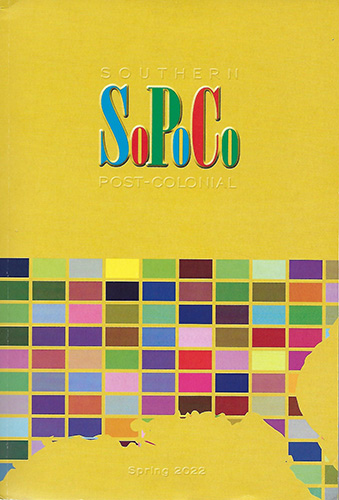 I normally try to focus my blog notes on one “something” per lit mag per post, but the newest issue of
I normally try to focus my blog notes on one “something” per lit mag per post, but the newest issue of 
 The
The 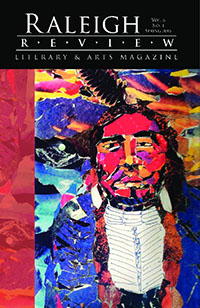 “Crow Chief” by Geri Digiorno is also a collage which invites readers in to the spring 2016 issue of
“Crow Chief” by Geri Digiorno is also a collage which invites readers in to the spring 2016 issue of 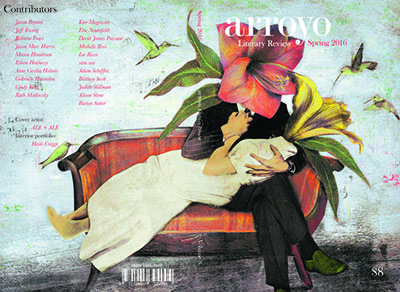 It helps to see the full spread on this cover art for the spring issue of
It helps to see the full spread on this cover art for the spring issue of 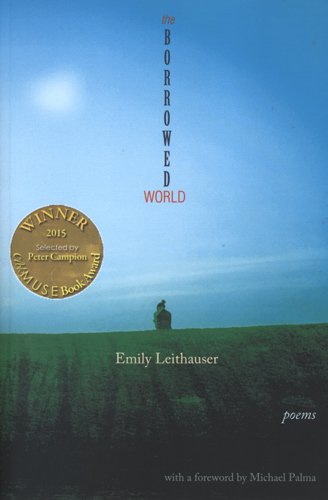 The Borrowed World by Emily Leithauser is forthcoming this July from Able Muse Press. Winner of the 2015
The Borrowed World by Emily Leithauser is forthcoming this July from Able Muse Press. Winner of the 2015 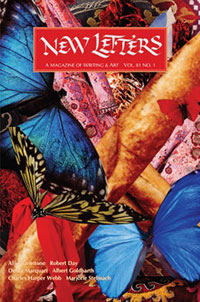 New Letters
New Letters Every year, the University of Arkansas Press awards the
Every year, the University of Arkansas Press awards the 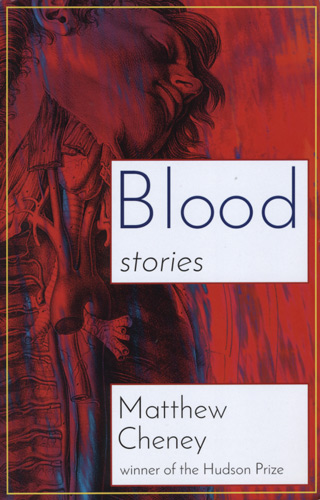 Black Lawrence Press annually awards
Black Lawrence Press annually awards 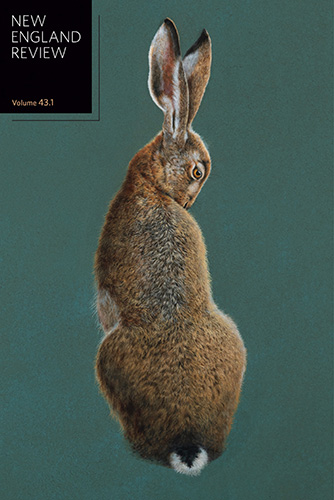 New England Review
New England Review The newest issue of
The newest issue of  Field: Contemporary Poetry and Poetics
Field: Contemporary Poetry and Poetics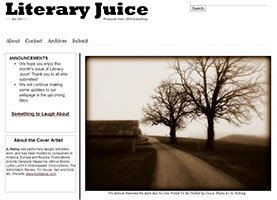
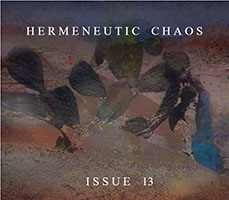 “Sad Cactus” by Netherlands photo artist
“Sad Cactus” by Netherlands photo artist 
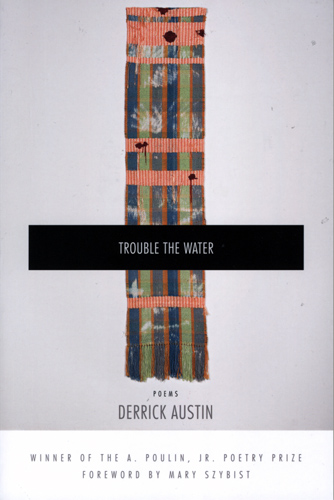 In 2015, Derrick Austin was announced as the winner of the
In 2015, Derrick Austin was announced as the winner of the